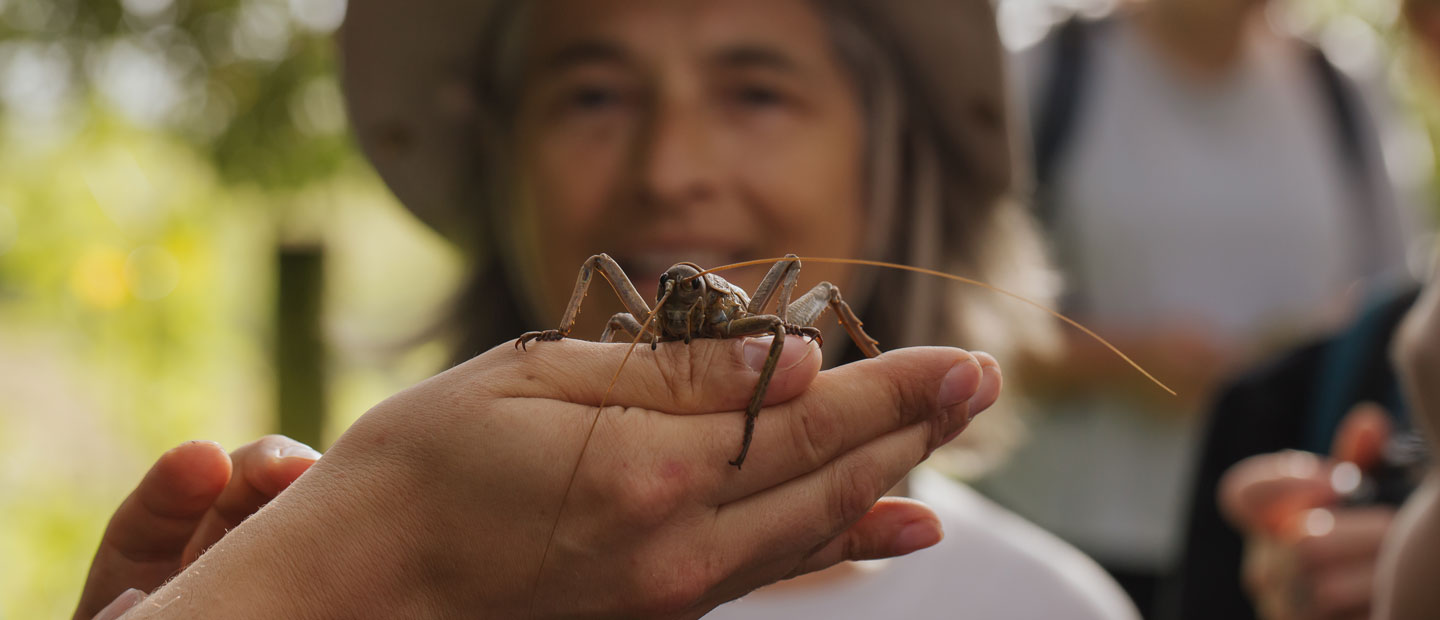Grand in size, the wētāpunga, or ‘god of ugly things’, is one of the largest insects in the world. Due to the introduction of animal pests and the destruction of our native forests this precious taonga disappeared from the New Zealand mainland but managed to survive on one off-shore island – Hauturu-o-Toi (Little Barrier Island). It may seem a giant task, establishing the largest of the wētā species on predator free islands, and many may question the importance of ‘why’.
Auckland Zoo Ectotherm Expert Don McFarlane puts it best, “Not enough time and attention is given to invertebrates. Quite apart from them just being fascinating animals, their life history, the evolutionary history, they have a right to be here. And so much depends on their survival.”


